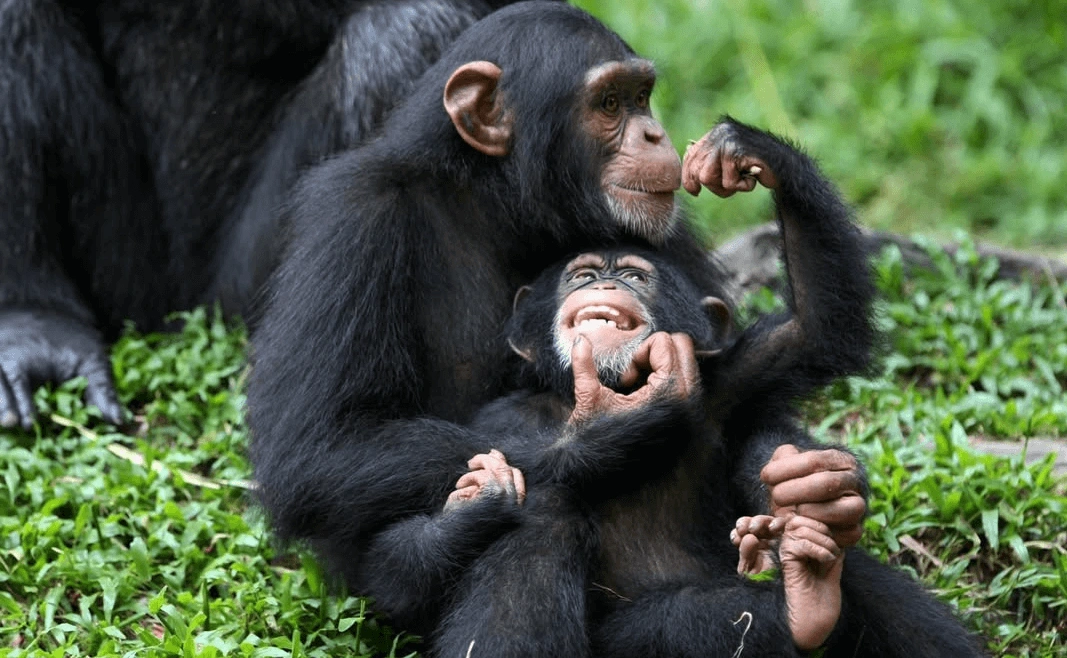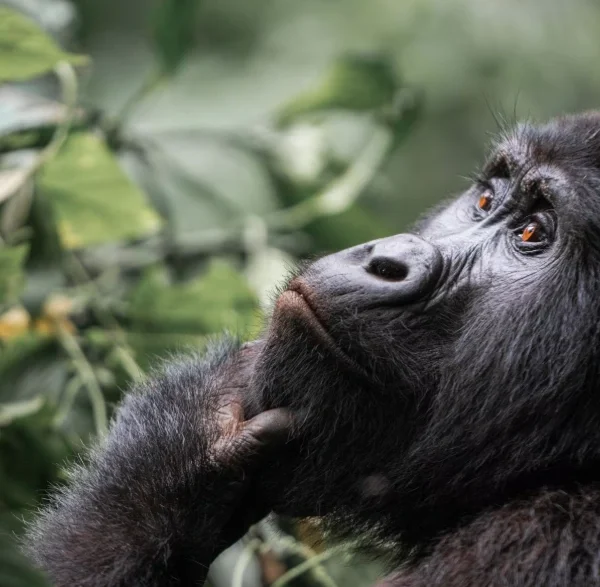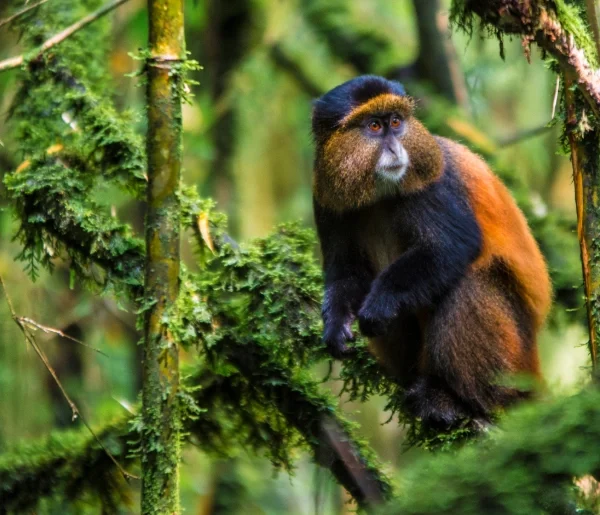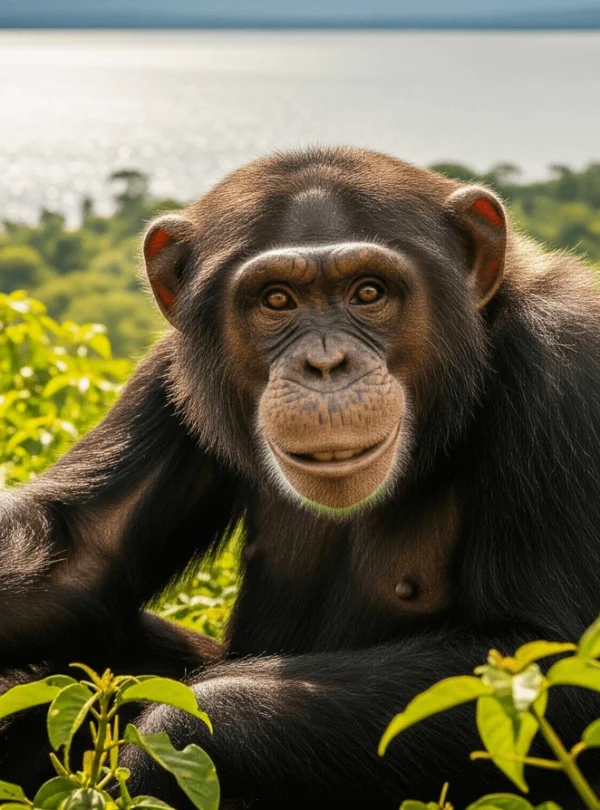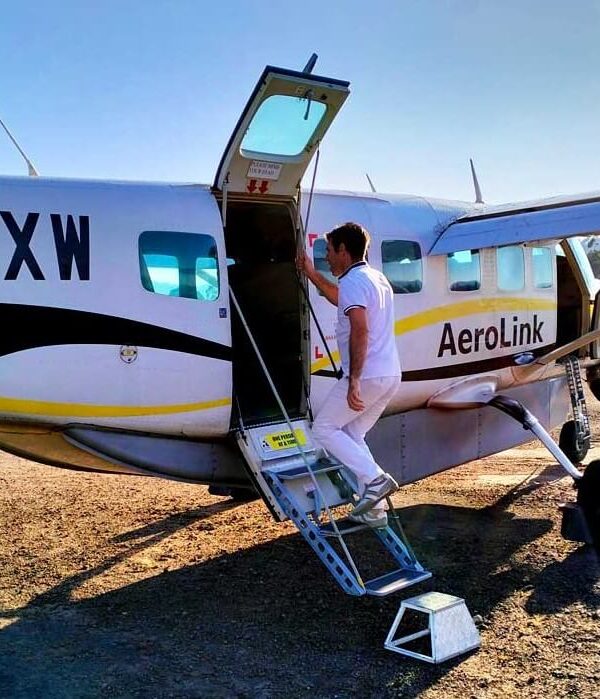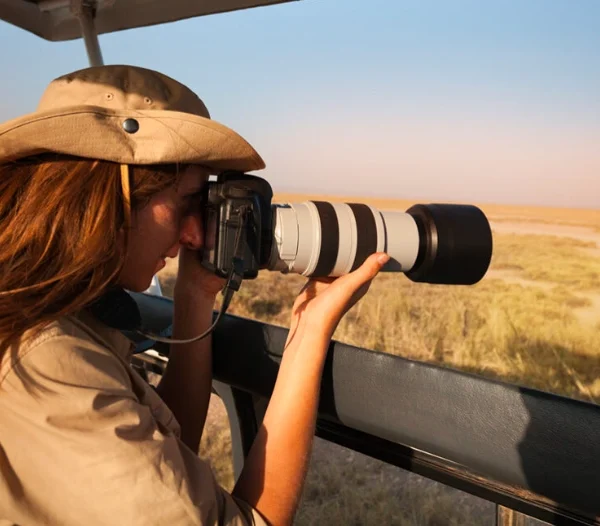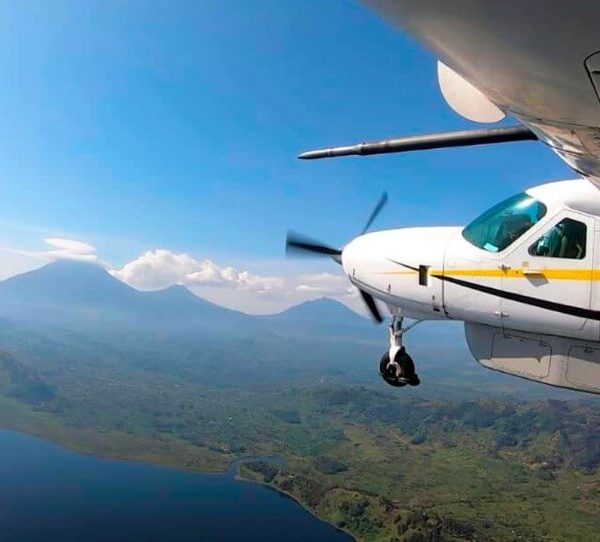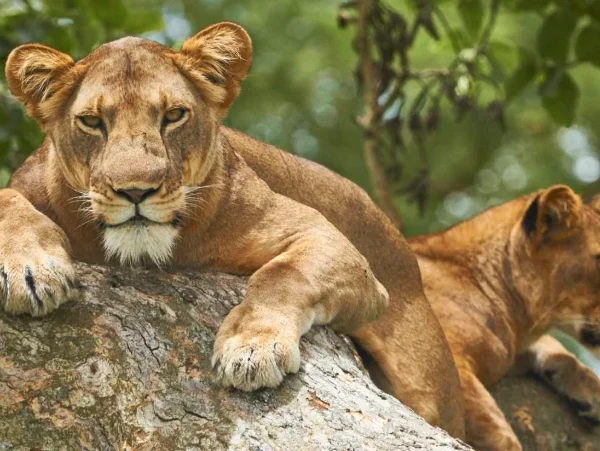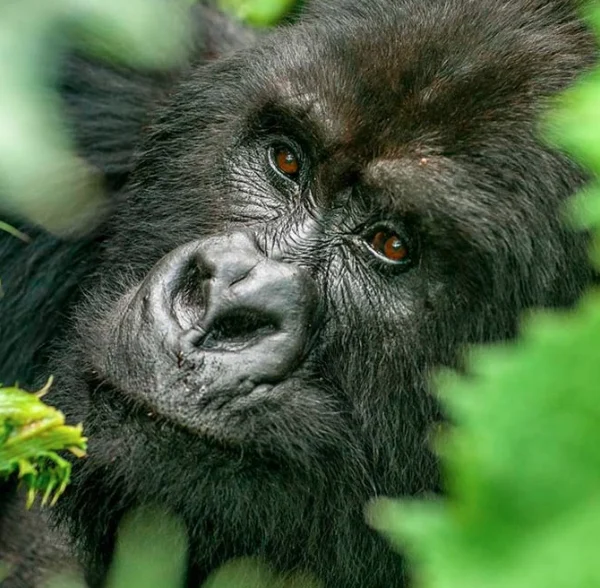More than half of the world’s remaining mountain gorillas live in Uganda’s misty forests. Just a few hours away, wild chimpanzees patrol the canopies of Kibale, Budongo, and Kalinzu.
No other country offers both encounters in such close reach. But to reduce this to a bucket-list tick is to miss the point. These treks are not passive safaris.
They are demanding, expensive, and ethically fraught. They also rank among the most profound wildlife experiences on Earth.
Key Takeaways
Uganda is the only country in the world where gorilla and chimpanzee trekking can be combined in a single itinerary with relative ease.
Permits are tightly controlled and costly, but they fund conservation and community livelihoods.
Treks are physically and emotionally demanding—preparation matters.
Timing, park choice, and itinerary design shape the quality of your experience.
Ethical travel choices—who you book with, how you travel—directly affect both forests and people.
Why Uganda is different
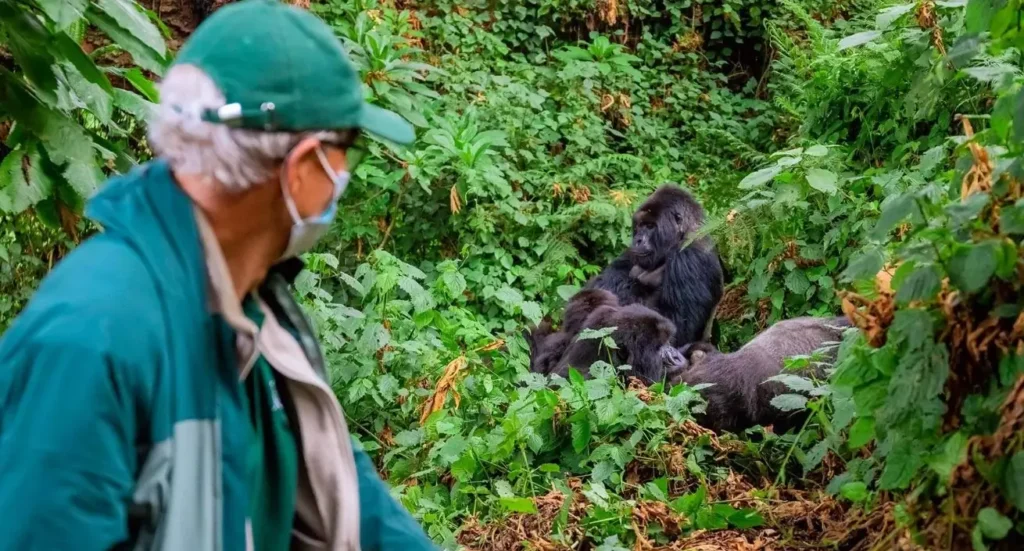
Uganda is often compared with Rwanda and the Democratic Republic of Congo for gorilla trekking.
Rwanda offers shorter drives and polished infrastructure, but its gorilla permits cost more than double Uganda’s.
The DRC is cheaper, wilder, and riskier. Uganda sits in the middle—logistically more demanding than Rwanda, more stable than the DRC, and with a richer spread of primate habitats.
In Bwindi Impenetrable National Park, more than 20 gorilla families have been habituated for trekking. Across the country, Kibale Forest holds East Africa’s highest density of wild chimps, with Budongo and Kyambura Gorge offering alternatives.
This geographic mix makes Uganda uniquely suited to travelers who want both encounters in one journey.
Permits and logistics
1. Costs and Booking
Paperwork is the first step in any trek, as it lays the foundation for your encounter.
Permits for gorilla and chimpanzee trekking are non-transferable and non-refundable, and you cannot secure them at the last minute. This system helps regulate the number of visitors and ensures the funds go directly into conservation and community projects.
The Uganda Wildlife Authority (UWA) has set specific fees for gorilla permits, which vary by visitor category.
A portion of each permit fee is funneled into communities surrounding the national parks, providing funding for schools, health centers, and infrastructure.
a) Gorilla Permit Costs
The cost of a permit for gorilla trekking in Uganda depends on your residency status.
| Category | Standard Gorilla Trekking Permit | Gorilla Habituation Experience Permit |
| Foreign Non-Residents | $800 USD | $1,500 USD |
| Foreign Residents | $700 USD | $1,000 USD |
| East African Citizens | 300,000 UGX | 750,000 UGX |
b) Chimpanzee Trekking Permits
The cost of a chimpanzee permit is significantly lower than for gorillas and also varies by location and residency.
| Location | Foreign Non-Residents | Foreign Residents | East African Citizens |
| Kibale Forest National Park | $250 USD | $200 USD | 180,000 UGX |
| Budongo Forest | $130 USD | $120 USD | 85,000 UGX |
| Kyambura Gorge | $100 USD | $80 USD | 50,000 UGX |
| Kalinzu Forest | $50 USD | $40 USD | 30,000 UGX |
c) Chimpanzee Habituation
For a more immersive experience, you can also opt for the Chimpanzee Habituation Experience, which allows you to spend more time with a chimpanzee family. These permits also vary by location and are priced as follows:
| Location | Foreign Non-Residents | Foreign Residents | East African Citizens |
| Kibale Forest National Park | $300 USD | $250 USD | 250,000 UGX |
| Budongo Forest | $230 USD | $160 USD | 90 USD |
2. Trekking conditions
The trek itself is no simple stroll. Depending on where the gorillas have moved, you may hike two hours—or spend most of the day climbing steep, humid trails.
Fitness requirements are real, and those with mobility concerns need to prepare carefully. Encounters are limited to one hour, with strict rules designed to protect the primates from stress and disease.
For chimpanzees, treks are generally shorter, but less predictable. You hear them before you see them—pant-hoots, drumming, sudden movement in the canopy.
The energy is frenetic compared with the still gravity of a gorilla encounter.
Our Most Popular Gorilla and Chimpanzee Safaris
6 Days Uganda Primates Trekking
10 Days Uganda Wildlife & Primate Safari
5 Days Bwindi Gorilla Tracking & Queen Elizabeth
8 Days Uganda & Rwanda Gorilla Trekking
Best Time for Gorilla & Chimp Trekking
Seasons
Uganda’s equatorial climate means trekking is possible year-round. The drier months—June to September and December to February—make the trails more manageable.
The wetter months bring heavier mud but fewer visitors. Both offer trade-offs. If you want the highest odds of smooth logistics, look at the best months for gorilla trekking. If you value solitude, shoulder seasons can be rewarding.
Booking Lead Time
Permits during high season sell out months in advance. For gorillas, that often means booking 6–12 months ahead. See how far in advance you should book a safari for planning guidance.
What the Experience Feels Like
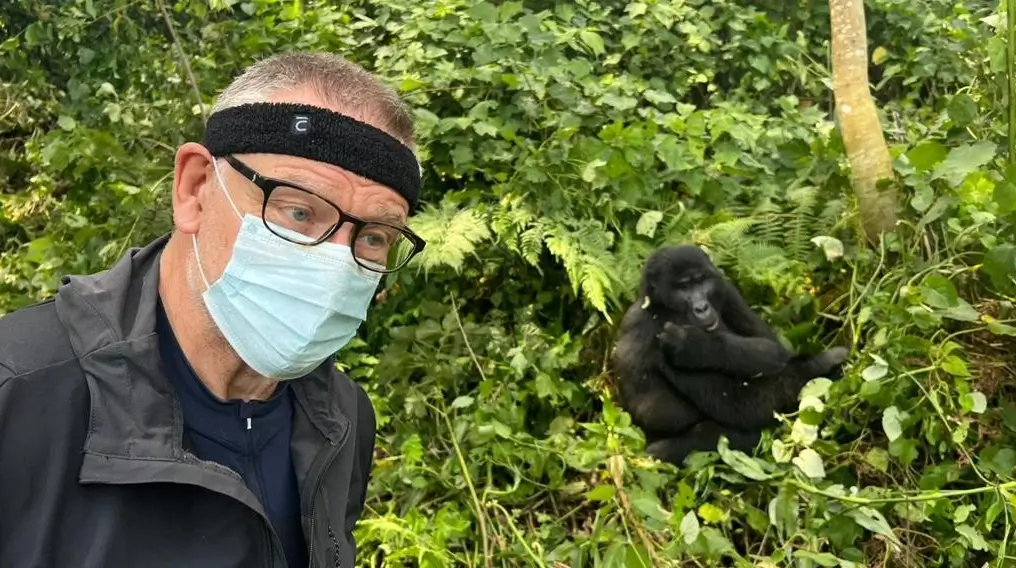
A gorilla trek begins with a briefing at dawn, the smell of earth and mist heavy in the air. Hours later, the forest suddenly falls quiet.
A silverback shifts his weight. A juvenile tumbles in the vines. You realize you are a guest, not an observer.
A chimpanzee trek is more restless. They travel in troops, split and regroup, vanish and reappear. Sometimes they ignore you. Sometimes they perform with almost unsettling curiosity.
The experience is less predictable than with gorillas, and for many travelers, that unpredictability is part of the thrill.
Some travelers choose the gorilla habituation experience, spending four hours with a semi-habituated group. It’s more intense, more uncertain, and sometimes more meaningful than the standard hour-long visit.
The Ethics Beneath the Surface
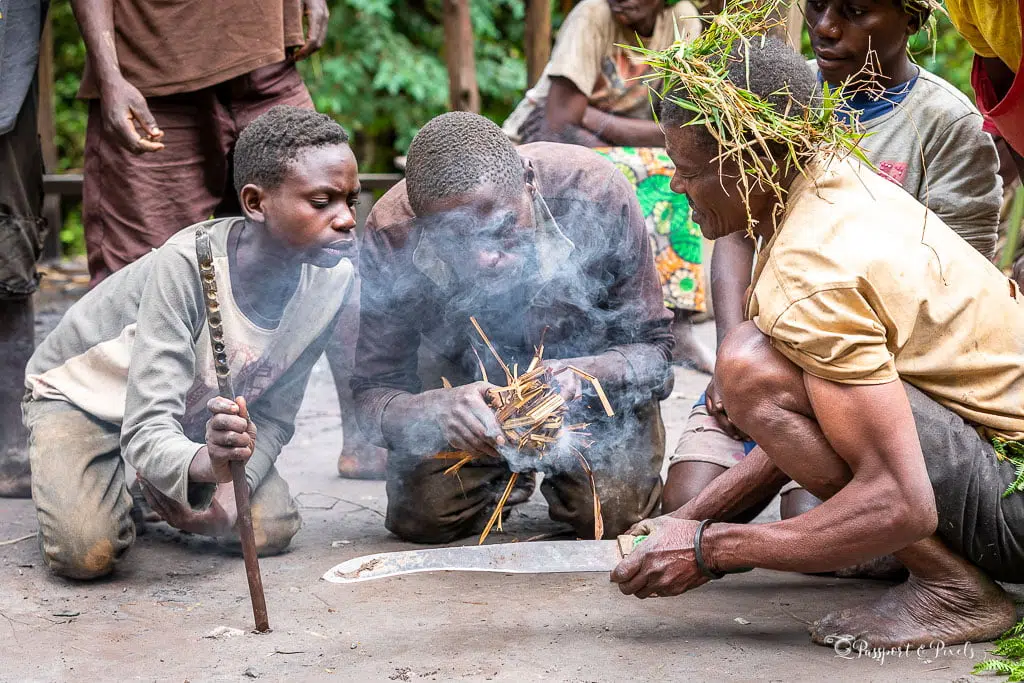
Conservation Paradox
Few travelers pause to ask what trekking means for the animals themselves. Habituation—the process of acclimating gorillas and chimps to human presence—reduces stress in theory, but it also alters natural behavior.
The risk of human-borne disease is real. One careless cough could infect an entire troop.
Community Dimension
Then there’s the human equation. Permit fees are meant to trickle into local communities, but the distribution is uneven. Some villages see schools and clinics rise. Others see little.
If tourism is to be sustainable, travelers must push beyond glossy narratives. Choosing responsible travel in Uganda is not charity—it’s an act of reciprocity with both people and forests.
For deeper context, conservation organizations like the International Gorilla Conservation Programme offer insight into the delicate balance between tourism and protection.
Planning Your Trip
To trek both gorillas and chimps, plan on at least a week in-country. Three days for gorillas, three for chimps, plus transfers in between.
Many itineraries weave these encounters with savannah game drives in Queen Elizabeth National Park or rhino tracking at Ziwa Rhino Sanctuary.
Some travelers add birding in Mabamba Swamp or cultural exchanges with Uganda’s indigenous communities.
If your time is short, Bwindi vs Mgahinga is a key decision. Bwindi offers more gorilla families and lodges, Mgahinga fewer crowds and unique golden monkey trekking.
Gorilla vs. Chimpanzee Trekking
This comparison lays out the core differences between a gorilla trek and a chimpanzee trek in Uganda.
| Feature | Gorilla Trekking | Chimpanzee Trekking |
| Primary Location | Bwindi Impenetrable and Mgahinga Gorilla National Parks. | Kibale Forest National Park, Budongo, Kyambura Gorge. |
| Habitat | High-altitude, misty montane rainforests. | Lower-altitude tropical and swamp forests. |
| Physical Difficulty | Generally more strenuous; steep, muddy, and humid terrain. | Less strenuous and more dynamic; often flatter terrain. |
| Trekking Experience | A quiet, often profound encounter. Focus is on a sudden moment of stillness and observation. | An energetic, fast-paced pursuit. More chaotic and unpredictable. |
| Behavior | Spend most of their time on the forest floor, living in stable family groups. | Highly mobile, spending significant time in the trees. Communities often split into smaller parties. |
| Chances of Sighting | Extremely high; trackers locate the groups in advance. | High, but not guaranteed in all locations. Chimpanzees can be difficult to spot in the dense canopy. |
| Time with Primates | Strictly limited to one hour with a habituated family. | Strictly limited to one hour with a habituated group once sighted. |
| Permit Cost | Higher, starting at $800 USD for non-residents. | Lower, ranging from $50–$250 USD for non-residents depending on location. |
| Minimum Age | 15 years old. | 12 years old. |
Book Your Primate Trekking Adventure
Gorilla and chimpanzee trekking in Uganda is not an easy holiday. It is demanding, costly, and layered with ethical questions.
But for those willing to meet the forests on their own terms, it can be one of the most moving journeys of a lifetime.
When you’re ready to begin planning, request a quote and we’ll help design a safari that balances comfort, conservation, and depth.
FAQs About Gorilla and Chimpanzee Trekking in Uganda
How difficult are the treks?
They range from moderate to strenuous. Read more about fitness and age requirements.
What happens if I miss my trek?
Permits are non-refundable. More in What Happens If You Miss Your Gorilla Trekking Safari?.
Can I trek gorillas and chimps in one trip?
Yes. Uganda is uniquely suited for this, with the most ideal itineraries from 7–12 days.
Are children allowed?
The minimum age is 15 for gorillas and 12 for chimps.

